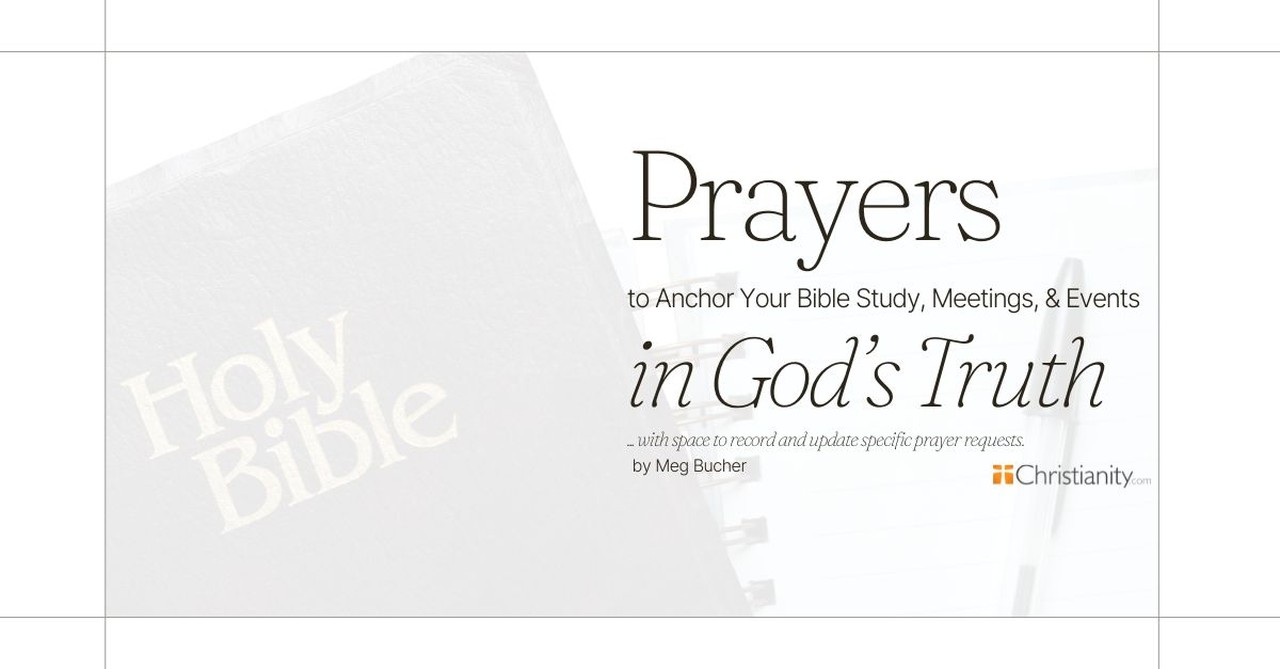1 Kings 7:15-22
15 He cast two bronze pillars, each eighteen cubits high and twelve cubits in circumference.[1] 16 He also made two capitals of cast bronze to set on the tops of the pillars; each capital was five cubits[2] high. 17 A network of interwoven chains adorned the capitals on top of the pillars, seven for each capital. 18 He made pomegranates in two rows[3] encircling each network to decorate the capitals on top of the pillars.[4] He did the same for each capital. 19 The capitals on top of the pillars in the portico were in the shape of lilies, four cubits[5] high. 20 On the capitals of both pillars, above the bowl-shaped part next to the network, were the two hundred pomegranates in rows all around. 21 He erected the pillars at the portico of the temple. The pillar to the south he named Jakin[6] and the one to the north Boaz.[7] 22 The capitals on top were in the shape of lilies. And so the work on the pillars was completed.
Other Translations of 1 Kings 7:15-22
King James Version
15 For he cast
English Standard Version
15 He cast two pillars of bronze. Eighteen cubits was the height of one pillar, and a line of twelve cubits measured its circumference. It was hollow, and its thickness was four fingers. The second pillar was the same.
The Message
15 First he cast two pillars in bronze, each twenty-seven feet tall and eighteen feet in circumference. 16 He then cast two capitals in bronze to set on the pillars; each capital was seven and a half feet high 17 and flared at the top in the shape of a lily. Each capital was dressed with an elaborate filigree of seven braided chains and a double row of two hundred pomegranates, setting the pillars off magnificently. 18 19 20 21 He set the pillars up in the entrance porch to The Temple; the pillar to the south he named Security (Jachin) and the pillar to the north Stability (Boaz). 22 The capitals were in the shape of lilies.
New King James Version
15 And he cast two pillars of bronze, each one eighteen cubits high, and a line of twelve cubits measured the circumference of each. 16 Then he made two capitals of cast bronze, to set on the tops of the pillars. The height of one capital was five cubits, and the height of the other capital was five cubits. 17 He made a lattice network, with wreaths of chainwork, for the capitals which were on top of the pillars: seven chains for one capital and seven for the other capital. 18 So he made the pillars, and two rows of pomegranates above the network all around to cover the capitals that were on top; and thus he did for the other capital. 19 The capitals which were on top of the pillars in the hall were in the shape of lilies, four cubits. 20 The capitals on the two pillars also had pomegranates above, by the convex surface which was next to the network; and there were two hundred such pomegranates in rows on each of the capitals all around. 21 Then he set up the pillars by the vestibule of the temple; he set up the pillar on the right and called its name Jachin, and he set up the pillar on the left and called its name Boaz. 22 The tops of the pillars were in the shape of lilies. So the work of the pillars was finished.
New Living Translation
15 Huram cast two bronze pillars, each 27Â feet tall and 18Â feet in circumference. 16 For the tops of the pillars he cast bronze capitals, each 7 feet tall. 17 Each capital was decorated with seven sets of latticework and interwoven chains. 18 He also encircled the latticework with two rows of pomegranates to decorate the capitals over the pillars. 19 The capitals on the columns inside the entry room were shaped like water lilies, and they were six feet tall. 20 The capitals on the two pillars had 200Â pomegranates in two rows around them, beside the rounded surface next to the latticework. 21 Huram set the pillars at the entrance of the Temple, one toward the south and one toward the north. He named the one on the south Jakin, and the one on the north Boaz. 22 The capitals on the pillars were shaped like water lilies. And so the work on the pillars was finished.

.jpg)

.jpg)
Matthew Henry's Commentary on 1 Kings 7:15-22
Commentary on 1 Kings 7:13-47
(Read 1 Kings 7:13-47)
The two brazen pillars in the porch of the temple, some think, were to teach those that came to worship, to depend upon God only, for strength and establishment in all their religious exercises. "Jachin," God will fix this roving mind. It is good that the heart be established with grace. "Boaz," In him is our strength, who works in us both to will and to do. Spiritual strength and stability are found at the door of God's temple, where we must wait for the gifts of grace, in use of the means of grace. Spiritual priests and spiritual sacrifices must be washed in the laver of Christ's blood, and of regeneration. We must wash often, for we daily contract pollution. There are full means provided for our cleansing; so that if we have our lot for ever among the unclean it will be our own fault. Let us bless God for the fountain opened by the sacrifice of Christ for sin and for uncleanness.